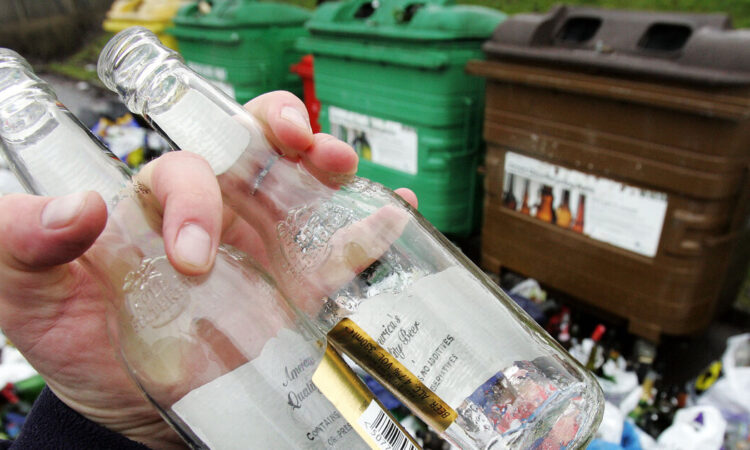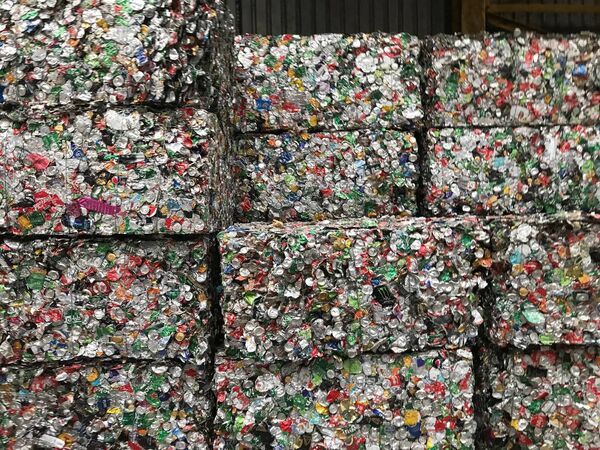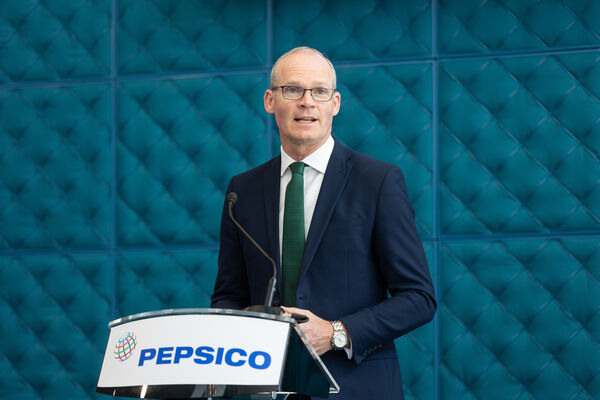
Less than an eighth of all materials used in Europe come from recycled waste, with rates barely increasing in the past two decades.
A new analysis from the European Environment Agency (EEA) shows that the EU is not on track to double the current rate by 2030, with construction materials in particular not being used again in the so-called circular economy.
If targets to double the rate are to be met by 2030, it would require not only a ramping-up of recycling but also a vast reduction in overall consumption patterns, the EEA said.
The EEA said that in 2021, just 11.7% of all materials used in the 27 EU member states came from recycled waste. This share — also known as the circular material use rate, or CMUR — had increased from 8.3% in 2004, it added.
The average European citizen generated about 517kg of municipal waste in 2020, one of the highest rates of waste production per capita in the world, the EEA said.
The CMUR rates are highest for metal ores, such as those used in cars, and lowest for fossil fuels and products made of plastic, the analysis found.
Recent data has shown that Ireland is particularly poor at the circular economy and reusing plastic.

Figures from the European Commission’s data analysis wing Eurostat last year show that each person living in the EU generated 34.6kg of plastic packaging waste on average, but a mere 13kg is recycled.
Ireland fares worse than most other nations, with less than a third recycled.
Just under 30% of plastic is recycled in Ireland, with only Hungary, Denmark, France, and Malta faring worse. Only a 10th of Malta’s plastic is recycled, the data shows.
When it comes to the circular economy, Ireland is also found wanting compared to other EU nations.
In 2021, the circularity rate was highest in the Netherlands (34%). The lowest rate was in Romania (1%), followed by Finland and Ireland (both 2%), according to Eurostat.

Enterprise Minister Simon Coveney said this week that another whole-of-government circular economy strategy is currently under development in the Department of the Environment.
He was speaking in response to TD Richard Bruton’s query about developing a circular economy strategy in key economic sectors.
Ireland has not been good at either constructing buildings or enterprises that put sustainability at their core, Mr Bruton said.
“Does the minister agree he has a central role in addressing this?” Mr Bruton asked.
Mr Coveney said Ireland is “moving from being in a poor position in this area relative to other European countries to a much better place”.
“However, we have a distance to travel yet in terms of how we manage, reduce, and recycle waste, how we produce energy, and how we use natural resources to do that in a clean way, and in our overall approach towards the circular economy. This is more than just a climate strategy; it is a public health strategy as well,” he said.
“I accept the criticism on where Ireland has been in this area. However, I do not accept that we are not putting in place a pathway to a much more impactful response to the circular economy challenge that we have across multiple areas.”






